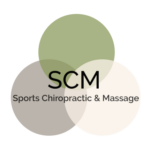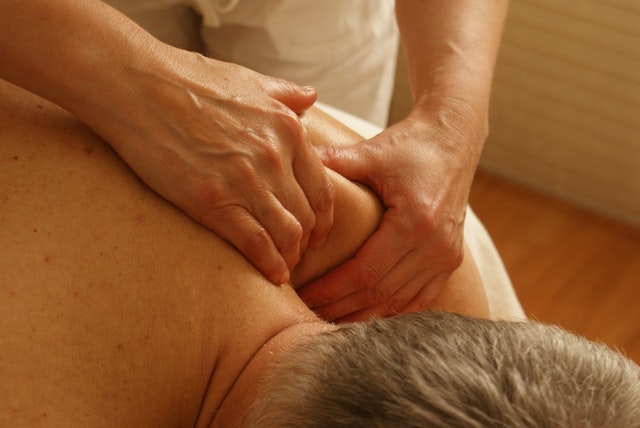Frozen shoulder is a condition that affects your shoulder joint. It usually involves pain and stiffness that develops gradually, gets worse and then finally goes away. This can take anywhere from a year to 3 years. If you are suffering from Frozen Shoulder in San Francisco, help is just a phone call away.
With frozen shoulder, the capsule becomes so thick and tight that it’s hard to move. Bands of scar tissue form and there’s less of a liquid called synovial fluid to keep the joint lubricated. These things limit motion even more.
SYMPTOMS OF FROZEN SHOULDER
The main symptoms of a frozen shoulder are pain and stiffness that make it difficult or impossible to move it.
If you have frozen shoulder, you’ll likely feel a dull or achy pain in one shoulder. You might also feel the pain in the shoulder muscles that wrap around the top of your arm. You might feel the same sensation in your upper arm. Your pain could get worse at night, which can make it hard to sleep.
You’ll typically go through three phases with a frozen shoulder. Each has its own unique symptoms and timeline.
THE FREEZING STAGE
- You develop a pain (sometimes severe) in your shoulder any time you move it.
- It slowly gets worse over time and may hurt more at night.
- This can last anywhere from 6 to 9 months.
- You’re limited in how far you can move your shoulder.
THE FROZEN STAGE
- Your pain might get better but your stiffness gets worse.
- Moving your shoulder becomes more difficult and it becomes harder to get through daily activities.
- This stage can last 4-12 months.
THE THAWING STAGE
- Your range of motion starts to go back to normal.
- This can take anywhere from 6 months to 2 years.
CAUSES OF FROZEN SHOULDER
It’s not clear why some people develop it, but some groups are more at risk.
Frozen shoulder happens more often in women than men, and you’re more likely to get it if you’re between the ages of 40 and 60. Your risk might also go up if you’re in the process of recovering from a medical condition like a stroke, or surgery like a mastectomy that keeps you from moving your arm.
Certain medical conditions can increase your risk too. You may also be more likely to get frozen shoulder if you have diabetes. About 10% to 20% of people with diabetes get frozen shoulder. Other medical problems like heart disease, thyroid disease, or Parkinson’s disease are linked to frozen shoulder, too.
A physical exam is usually enough to diagnose frozen shoulder, but your doctor may also order imaging tests such as X-rays, ultrasound, or MRI to rule out other problems like arthritis or a torn rotator cuff that can also cause pain and limit how far it moves.
A Doctor of Chiropractic can help with the pain and stiffness related to frozen shoulder through a combination of joint manipulation, fascial stretching, massage, and by addressing inflammation in the area. Sometimes dietary changes are necessary to help your body minimize inflammation.

